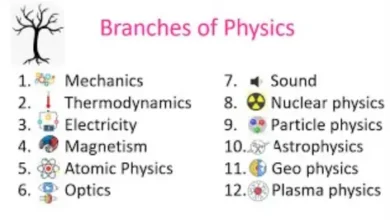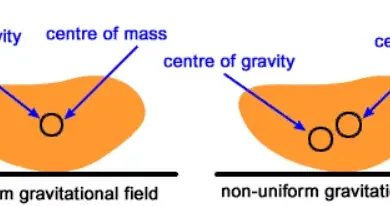10 Examples Of Inertia In Physics And Its Types

Inertia is a fundamental concept in physics that describes the tendency of objects to maintain their state of motion or rest without the influence of external forces.
This property, postulated by Sir Isaac Newton in his first law of motion, states that an object at rest tends to remain at rest, while an object in motion will continue to move at a constant speed in a straight line unless acted on by an external force. he.
Types of inertia:
There are several types of inertia, which can be summarized in three main categories:
- Rest inertia: Objects tend to remain at rest unless a force is applied to move them. This is why a book on a table does not move on its own.
- Inertia of Motion: An object in motion tends to maintain its original speed and direction unless an external force stops it or changes its course. A moving car will continue to move forward unless brakes are applied.
- Rotational inertia: Rotating objects tend to maintain their angular velocity constant unless an external force causes them to spin faster or slower. This principle is observed, for example, in a moving bicycle wheel.
Newton’s first law:
Newton’s first law, also known as the law of inertia, states that an object will remain in its state of motion or rest unless a net force acts on it.
Mathematically, this law is expressed as F = ma, where F represents the force, m the mass of the object and the acceleration. In other words, an object will not change its speed or direction unless forced to do so by an external force.
Examples of inertia:
- A stopped vehicle that requires a push to begin moving.
- An airplane in flight that maintains its speed and direction without constant intervention from the pilot.
- A soccer ball that gradually stops after being kicked.
- A ball that rolls downhill and continues moving until friction stops it.
- Water in a glass that remains still unless shaken.
- An inline skater that glides effortlessly until you apply braking force.
- A pendulum that swings from one side to the other without stopping on its own.
- A satellite in orbit that moves at a constant speed around the Earth.
- A book that falls to the ground and stops once it hits the ground.
- A moving car that stops abruptly when the brakes are pressed.
Inertia, as described in Newton’s first law, is a fundamental principle in physics that explains how objects tend to maintain their state of motion or rest.
Through a variety of examples, we have been able to appreciate how inertia operates in everyday life, from objects at rest to vehicles in motion.
This fundamental law of physics continues to be relevant in our understanding of the world around us and in the engineering of modern devices and systems.




